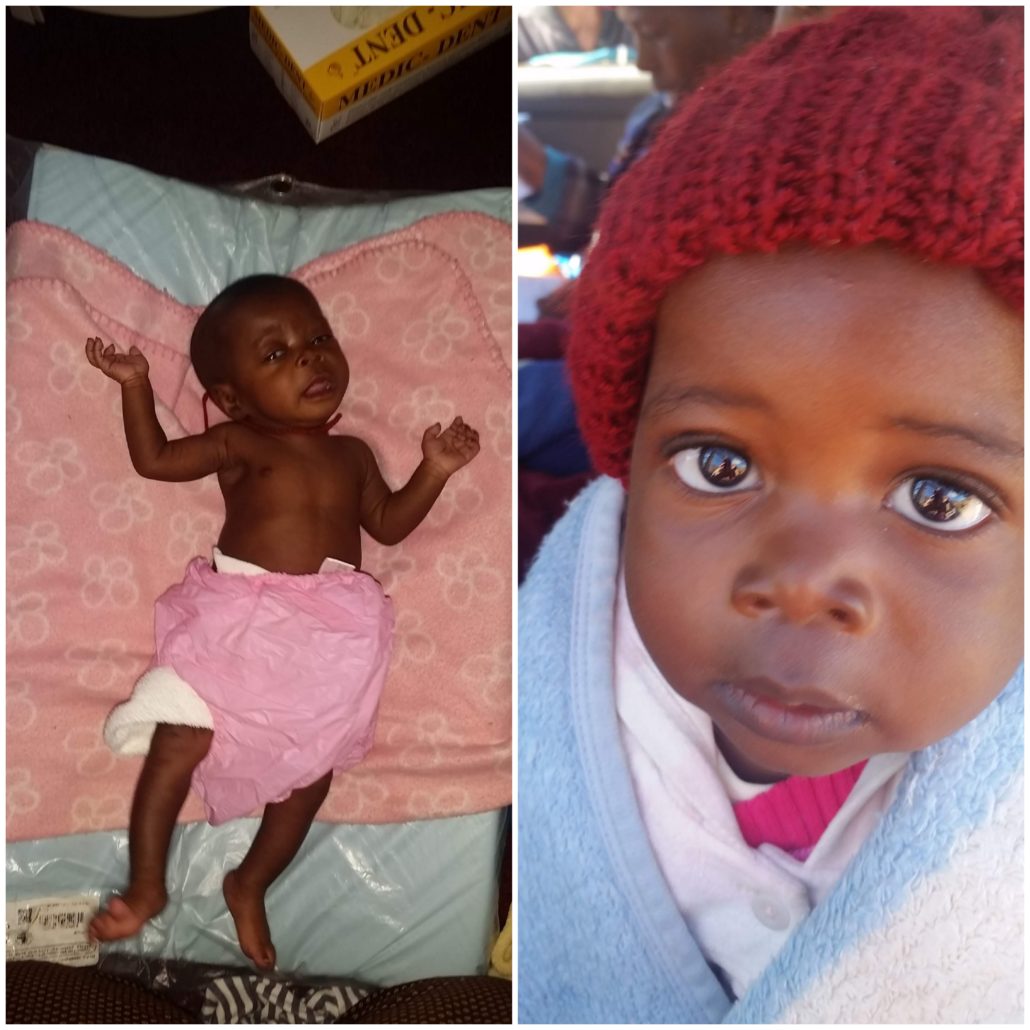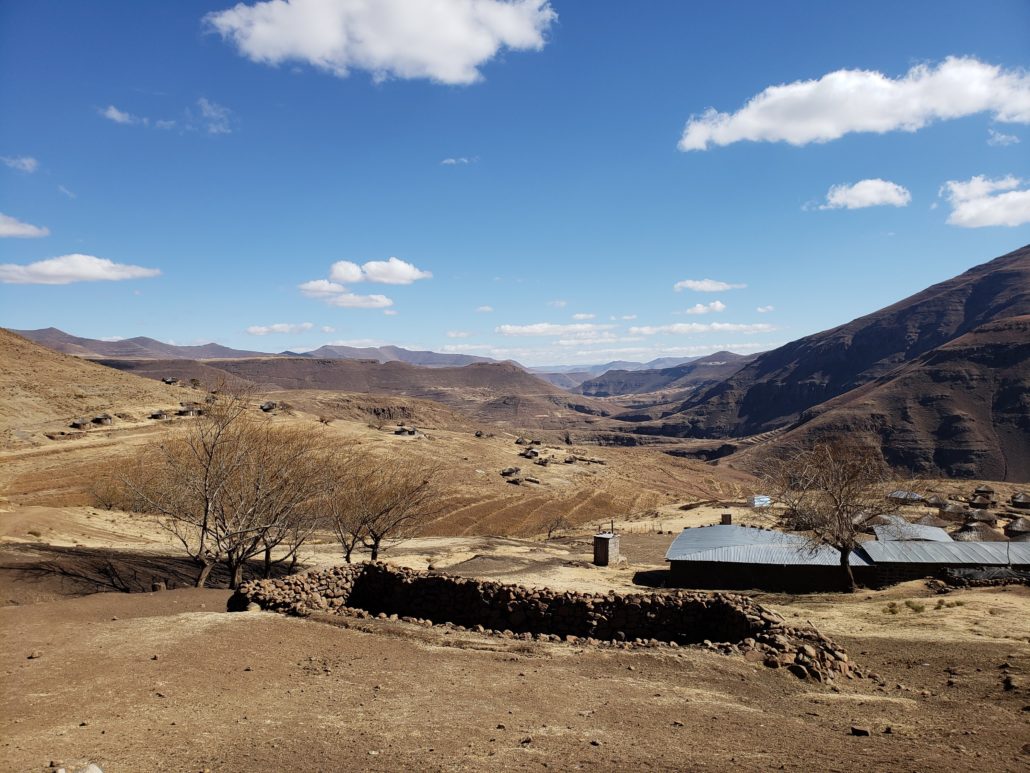My first day in the TTL safe home, I was shocked by how small the babies were. There was one in particular that I thought was a 3-4-month-old, only to find out she was 10 months old and suffering for Severe Acute Malnutrition (SAM) while also recently being diagnosed with HIV. It took MONTHS for her to gain weight, only to be discovered that she was not only HIV positive, but TB positive, both combining in a way making it that much harder for her to gain weight. After months in the safe home she slowly started to make progress, and 9 months after coming to TTL she was reunited with her family and graduated from the safe home and went into outreach services. I quickly learned this was not an unusual occurrence, children in Mokhotlong have a 48% rate of stunting, the highest in Lesotho.

The children that TTL works with all are on the malnourished spectrum, those with Severe Acute Malnutrition (SAM) malnutrition into the safe home and those with Moderate Acute Malnutrition (MAM) are placed in outreach services.
What are the reasons for the high rates of SAM and MAM in Lesotho?
- Food insecurity: Due to the landscape, drought, and high unemployment rate (above 27%) in Lesotho, many families do not have the adequate resources to provide food for their families. The soil here is comparable to the soil on Mars, making it extremely difficult to grow of produce. Most families rely on subsistence farming, but climate change has affected the growing season in recent years, leaving Basotho with little to no crop yield. Due to the high rates of unemployment, it is hard to subsidize the food that you cannot provide through a garden or livestock.

- HIV/AIDS: Lesotho has the second highest prevalence rate of HIV in the world, with the incident rate of new infections continuing to climb. With 1 in 4 people who are HIV positive, the country has largely focused on lowing this number, improving adherence rates, and reaching a generation free of HIV. It is even harder to improve malnutrition rates when it is combined with a child who is HIV positive. Mokhotlong has the highest rate of children under 14 being diagnosed with HIV. When a child comes to TTL’s safe home with SAM and a brand new diagnosis of HIV, it makes it extremely difficult to manage all of their health needs and get them to a healthy and stable state.
- Hygiene: Hygiene plays a huge role in diminishing malnutrition rates and ensuring children remain healthy. During nutrition corners, TTL works with local clinics to ensure and emphasize hygienic practices.
- Remote and rural areas: 72% of families in Mokhotlong live in rural areas far from Health Centers. They rely on Village Health Workers and clinic outreach days. Many caregivers will walk for hours to get to their closest healthcare worker to have their children have their growth-weight measurements done. Over the past ten years access has improved greatly, but if caregivers need to work their fields, or take care of many children, finding time to take the day off to get to the clinic is not that easy.
This is why the work TTL is doing is beyond invaluable. By providing multiple avenues to fight malnutrition and prevent new cases, TTL is actively working to improve children’s health in Mokhotlong. If we can lower childhood malnutrition rates, we improve the lives of children not just in the present, but beyond childhood.

Help us fight back against malnutrition, one child at a time by clicking here!
Nastassia is a current Peace Corps Volunteer with TTL. She has experience working in various aspects of International Public Health with a strong focus on Maternal and Children’s health. She works mostly with the various TTL outreach programs and just loves spending afternoons in the safe home with the best babies in the world.


0 Comments